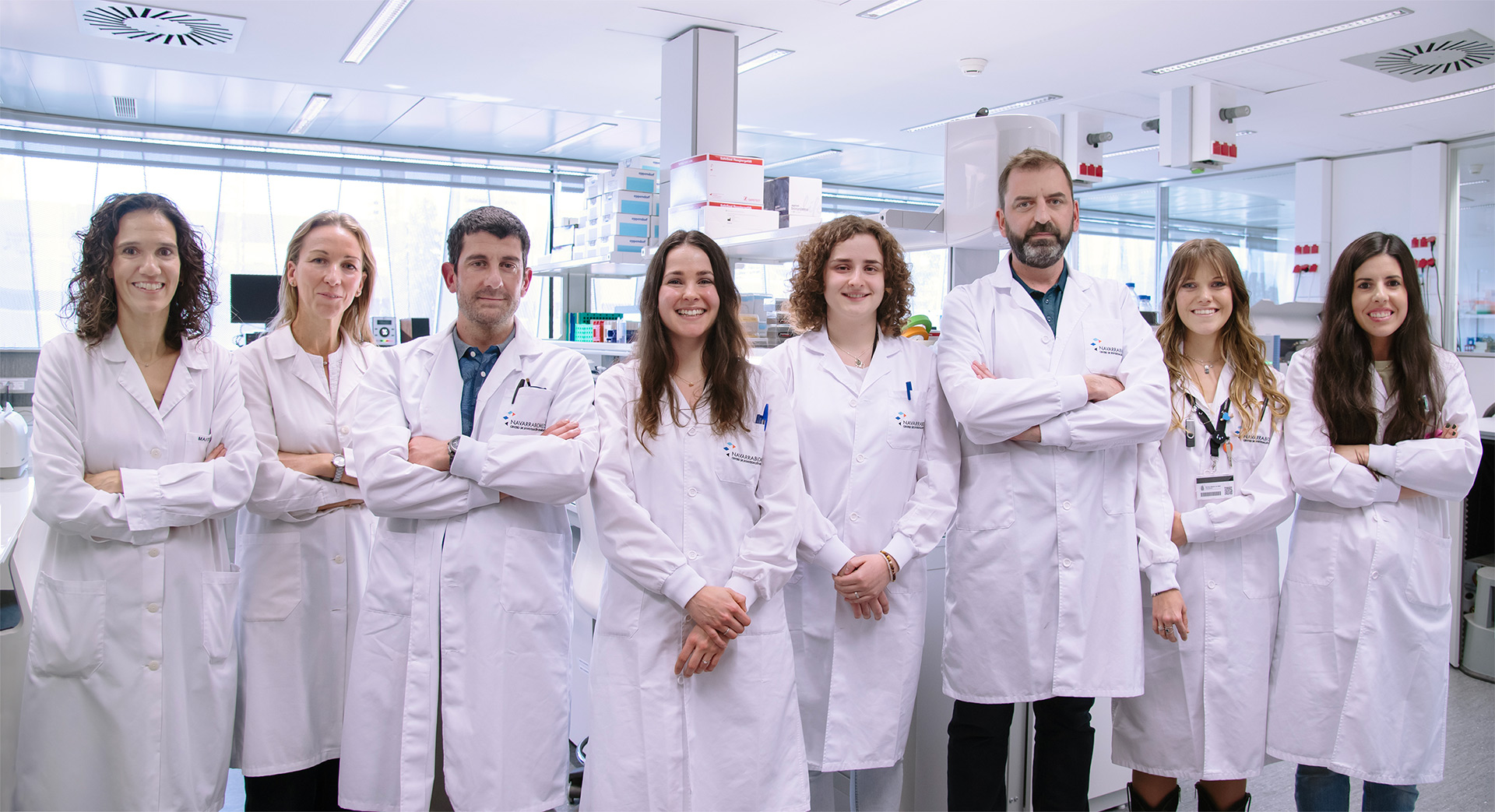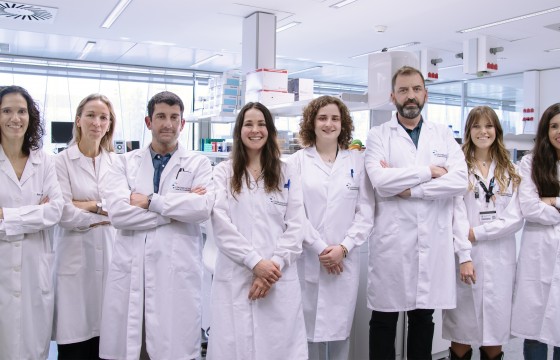
Navarrabiomed identifies a new therapeutic strategy that may allow molecular damage to be reversed in neurodegenerative diseases
- The study offers a new research approach, based on oncological therapies, that may slow down the progressive cognitive deterioration
The Navarrabiomed biomedical research centre has managed to establish an analytical strategy that allows the identification of drugs used in oncological therapies with significant potential to reverse the damage produced during the neurodegeneration process. The results of this study, which have been published in the leading journal in this field “Brain Pathology”, offer new therapeutic alternatives to treat neurodegenerative diseases such as Alzheimer’s, the leading cause of dementia, which currently affects 800,000 people in Spain, and will affect more than 16 million people in Europe by 2050.
The study presented confirms that the treatment options available in neurodegenerative diseases are very limited and the economic investment to validate drugs is much lower than for therapeutic research carried out in other areas, for example oncology. In this sense, it proposes to use the abundant information available at a pharmacogenomic level in the field of oncology to identify possible therapeutic targets in neurodegenerative diseases such as Alzheimer’s disease.
Professionals from the Clinical Neuroproteomics Unit at Navarrabiomed, directed by Dr. Enrique Santamaría, have led this study in which researchers from the Universidad de Navarra have also participated.
Details of the research
Around 90% of patients with Alzheimer's disease lose their sense of smell several tears before the disease manifests clinically. In this research, the region of the olfactory tract from both subjects without a neurological disorder and with early-stage Alzheimer’s disease has been analysed at a proteomic level. This information, together with that generated by other international research groups in other brain regions of the olfactory axis, has led to the generation of a database containing extensive molecular information associated with the loss of smell in this disease. Using artificial intelligence-based workflows, researchers have compared this database with high-performance pharmacogenomic profiles, with the aim of identifying drugs (already used in clinical trials in oncology) that are able to reverse the molecular damage detected in the brain in Alzheimer’s disease.
In this sense, a battery of drugs (specifically, antioxidant agents and kinase inhibitors) has been identified and are being analysed in depth in order to understand their ability to cross the blood-brain barrier, understand their mechanism of action in in vitro studies, as well as their impact at a cognitive level in animal models of Alzheimer’s disease.
Dr. Santamaría indicates that “this systematic analysis of large-scale molecular data is aligned with the new paradigm in neurodegeneration, which considers some neurodegenerative diseases as proteinopenias rather than proteinopathies. With this approach, we aim to restore metabolism in a more global manner, unlike the latest therapies, which are aimed exclusively at reducing misfolded proteins in the brain and are not having the expected results.”
Paz Cartas and Adriana Cortés, researchers at the Clinical Neuroproteomics Unit and the corresponding authors for the work, point out that “this type of methodological developments opens up many possibilities in drug testing in the field of neurology, since many of them have a low toxicity profile, and could be used intranasally in combination with current therapies, seeking synergistic effects that result in an improvement in the cognitive capacity of patients and therefore their quality of life.” This research has fostered new collaborations with different SNS-O Departments and other Spanish groups interested in increasing the translation of their lines of research towards innovative therapeutic approaches in other biomedical sectors. Dr. Santamaría points out that “we are currently using this strategy beyond Alzheimer’s disease, identifying drugs with possible therapeutic use in both Parkinson’s disease and Amyotrophic Lateral Sclerosis.”
Collaborations and funding
The research forms part of the doctoral thesis of Paz Cartas, a researcher at the Clinical Neuroproteomics Unit, at the Universidad Pública de Navarra and has been carried out in close collaboration with Dr. Joaquín Fernández-Irigoyen, head of the Scientific-Technical Proteomics Department of Navarrabiomed and Drs. Maite Solas and Elena Puerta, researchers from the Department of Pharmacology and Toxicology of the Universidad de Navarra.
It also forms part of INNOLFACT 2.0, a strategic project that has been financed by the Government of Navarra through the Call for Strategic Projects 2023–2026 and has the support of the Ministry of Science, Innovation and Universities, receiving institutional support from the Asociación de Familiares de Enfermos de Alzheimer de Navarra [Association of Families of Alzheimer’s patients of Navarra] (AFAN), the Asociación Navarra de Parkinson [Parkinson’s Association of Navarra] (ANAPAR,, Confederación Española de Alzheimer [Spanish Alzheimer’s Confederation] (CEAFA) and the Federación Española de Parkinson [Spanish Parkinson’s federation] (FEP).
The results of the study are part of the scientific activity of the Health Research Institute of Navarra (IdiSNA), a public-private group for the promotion of biomedical research in Navarra, to which both Navarrabiomed and the Universidad de Navarra belong.


